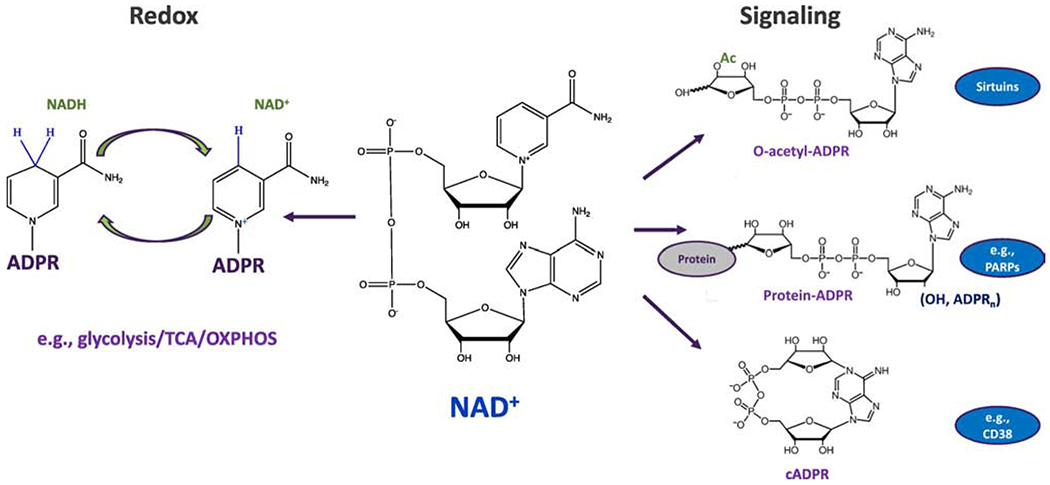Figure 1: NAD+ as a redox cofactor and cosubstrate for signaling enzymes.

NAD+ (center) can accept electrons (in the form of a hydride anion, H−), converting the cofactor to its reduced form, NADH, and facilitating the oxidation of substrates. Subsequently, the electrons can be donated to facilitate reduction reactions with concomitant oxidation of NADH back to NAD+. This process is critical to hundreds of reactions, including those of central carbon metabolism, driving energy production (i.e., glycolysis, the TCA cycle and oxidative phosphorylation). NAD+ also serves as a co-substrate for several families of enzymes that regulate key biological processes via changes in protein modification or the generation of signaling molecules (e.g., Sirtuins, PARPs and CD38/CD157).
